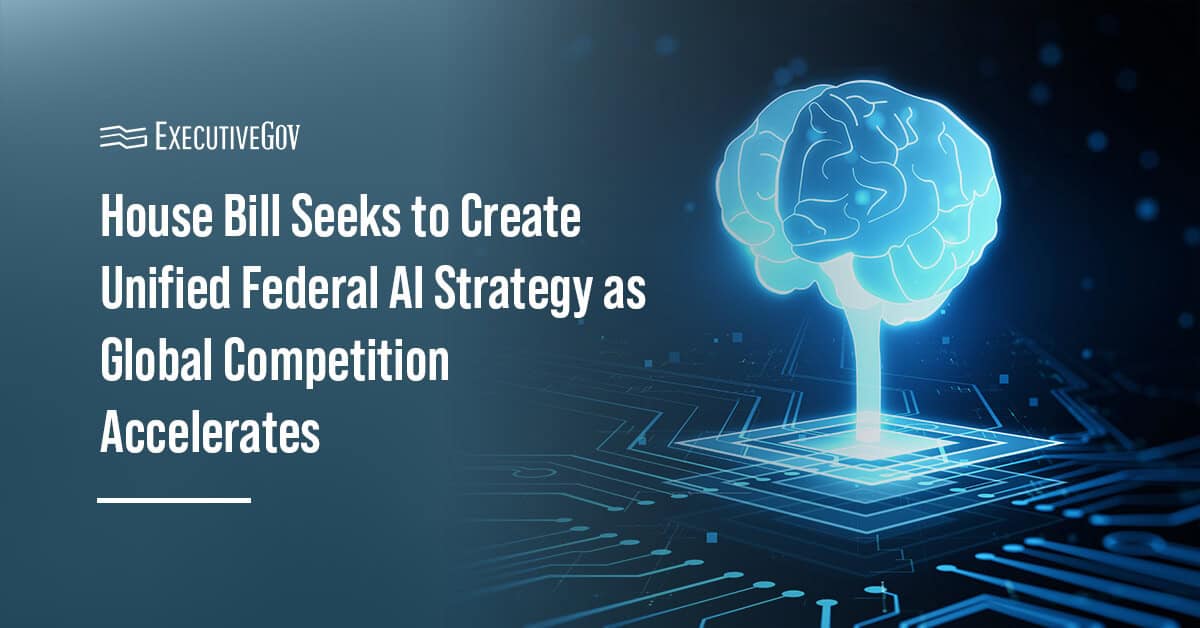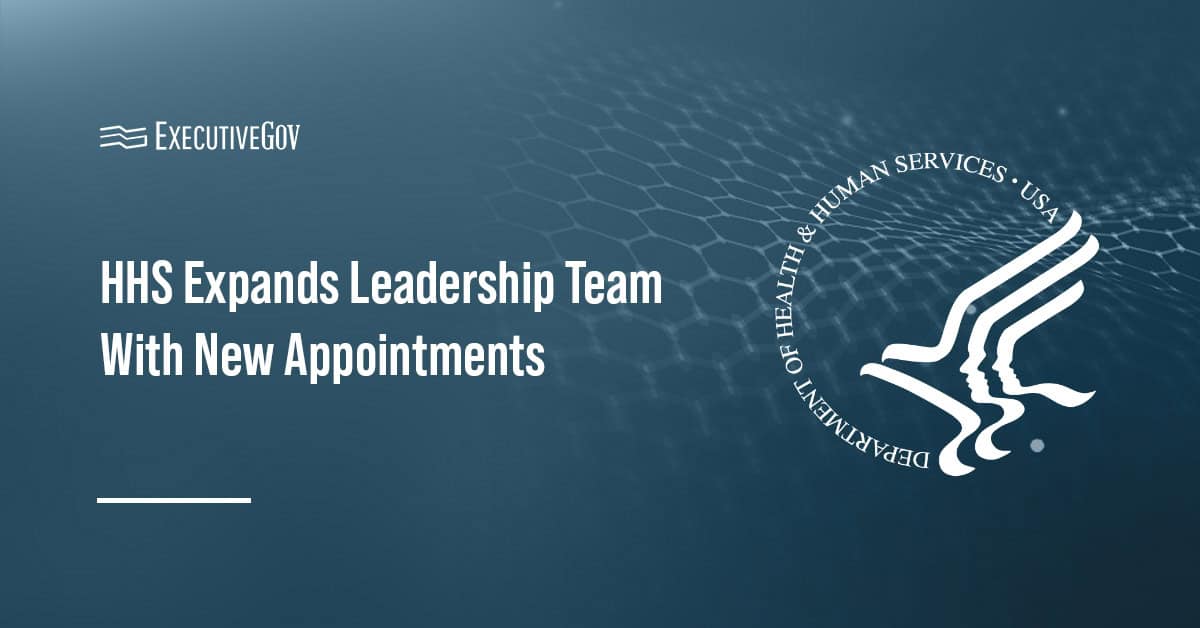
The Department of Homeland Security is replicating a strategy used by the Department of Defense to help agencies improve cybersecurity and protect networks, CyberScoop reported Monday.
Paul Beckman, chief information security officer at DHS, said the agency is exploring DoD’s Cybersecurity Service Provider model, which is guiding the Pentagon to identify internal security centers to support cybersecurity operations of agencies. DHS began its assessment of 16 federated security operations centers to serve as the “Center of Excellence†to share cybersecurity services and capabilities to other component agencies.Â
“We are trying to figure out how we collectively get our arms around all those SOCs and how we optimize that,†Beckman said at the recent 2019 IT Modernization Summit.
A DHS official said the agency’s own SOC model is not expected to become fully operational until 2021.





